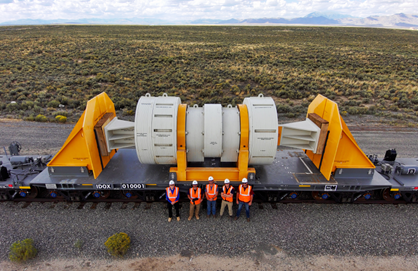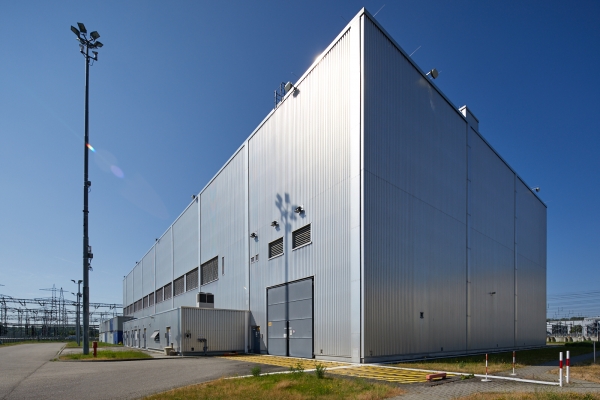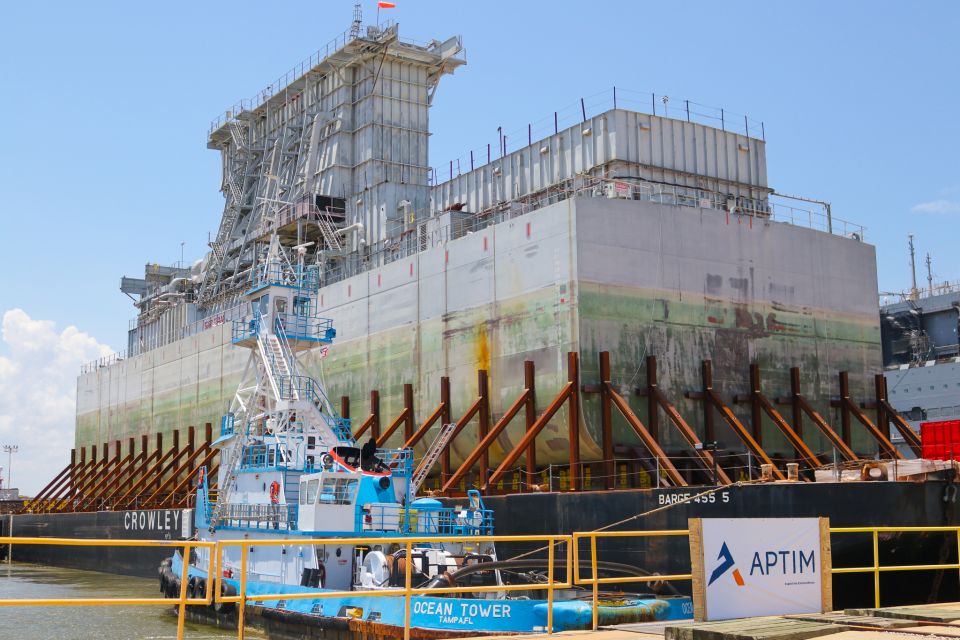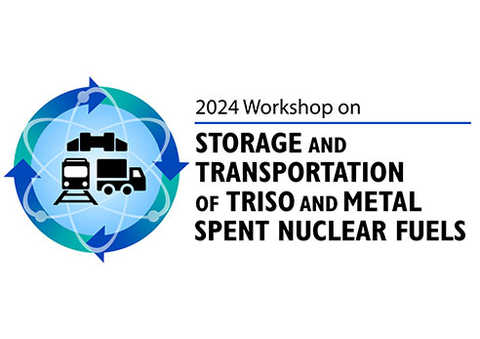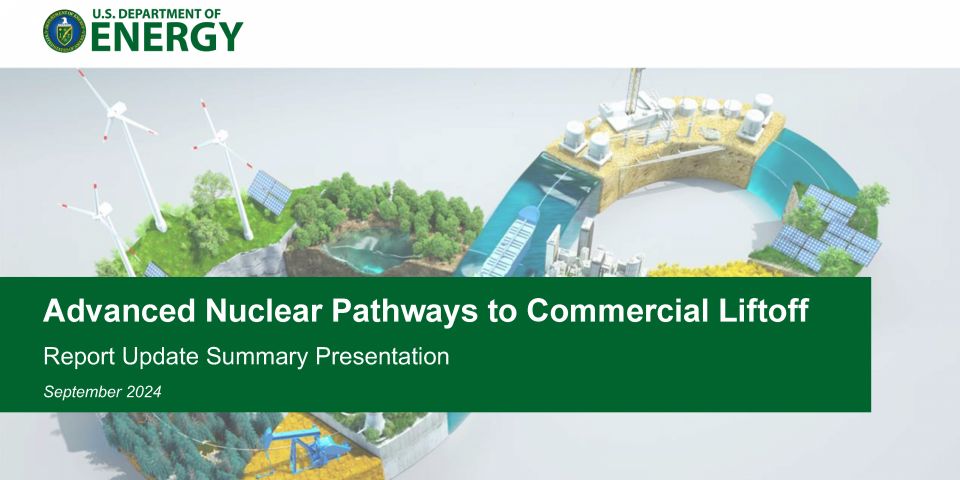Developed by the DOE, the 12-axle railcar will be used to transport the nation’s commercial spent nuclear fuel and high-level radioactive waste. Built to safely and securely transport shipments of SNF weighing up to 480,000 pounds, the Atlas railcar is equipped with high-tech sensors and monitoring systems.
The certification is the highest safety standard set by the AAR for transporting high-level radioactive material.
On the tracks: According to the DOE, the railcar project took 10 years to complete and cost approximately $33 million dollars. The entire railcar system includes Atlas, two buffer railcars, and a rail escort vehicle that was developed in partnership with the Naval Nuclear Propulsion Program.
The railcars wrapped up final testing last fall by completing a 1,680 round-trip journey from Pueblo, Colo., to Scoville, Idaho. They are the first DOE railcars to meet the testing requirements of AAR’s S-2043 standard for transporting high-level radioactive material.
"The certification of the Atlas railcar by the AAR is a significant step forward as we develop the infrastructure to safely manage and store the nation’s nuclear waste,” said Paul Murray, deputy assistant secretary for spent fuel and high-level waste disposition. “The capability for DOE to safely and securely transport spent nuclear fuel is a key component of DOE’s vision for an integrated waste management system that includes transportation, and government-owned storage and permanent disposal identified through a consent-based siting process.”
Chugging along: Atlas is one of two railcars the DOE is developing to provide flexibility in transporting SNF and HLW to future federal interim storage facilities and disposal sites.
Fabrication efforts are underway on the 8-axle Fortis railcar that will be used to handle lighter loads once in operation. Fortis is expected to begin single car testing no earlier than 2025 and could be operational before the end of the decade.
Subject to appropriations, the department is moving forward on a government-owned consolidated interim storage facility project that includes rail transportation. The DOE intends to eventually transport more than 140,000 metric tons of commercial SNF that is estimated to be generated in the United States by 2060.
The location of the storage facility would be selected through the DOE’s consent-based siting process aimed at reducing the number of U.S. locations where commercial SNF is stored. Construction and operation of a federal consolidated interim storage facility will require amendments to the Nuclear Waste Policy Act to move those phases of the project forward.
